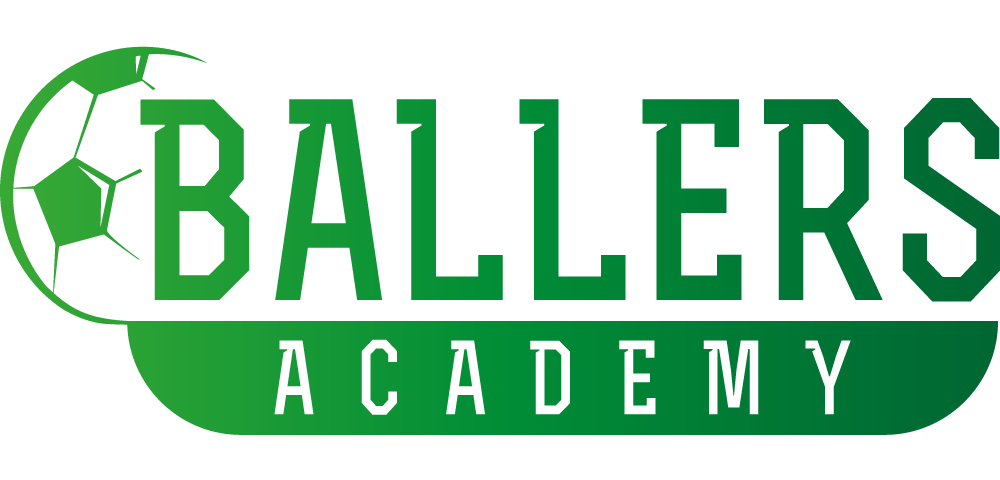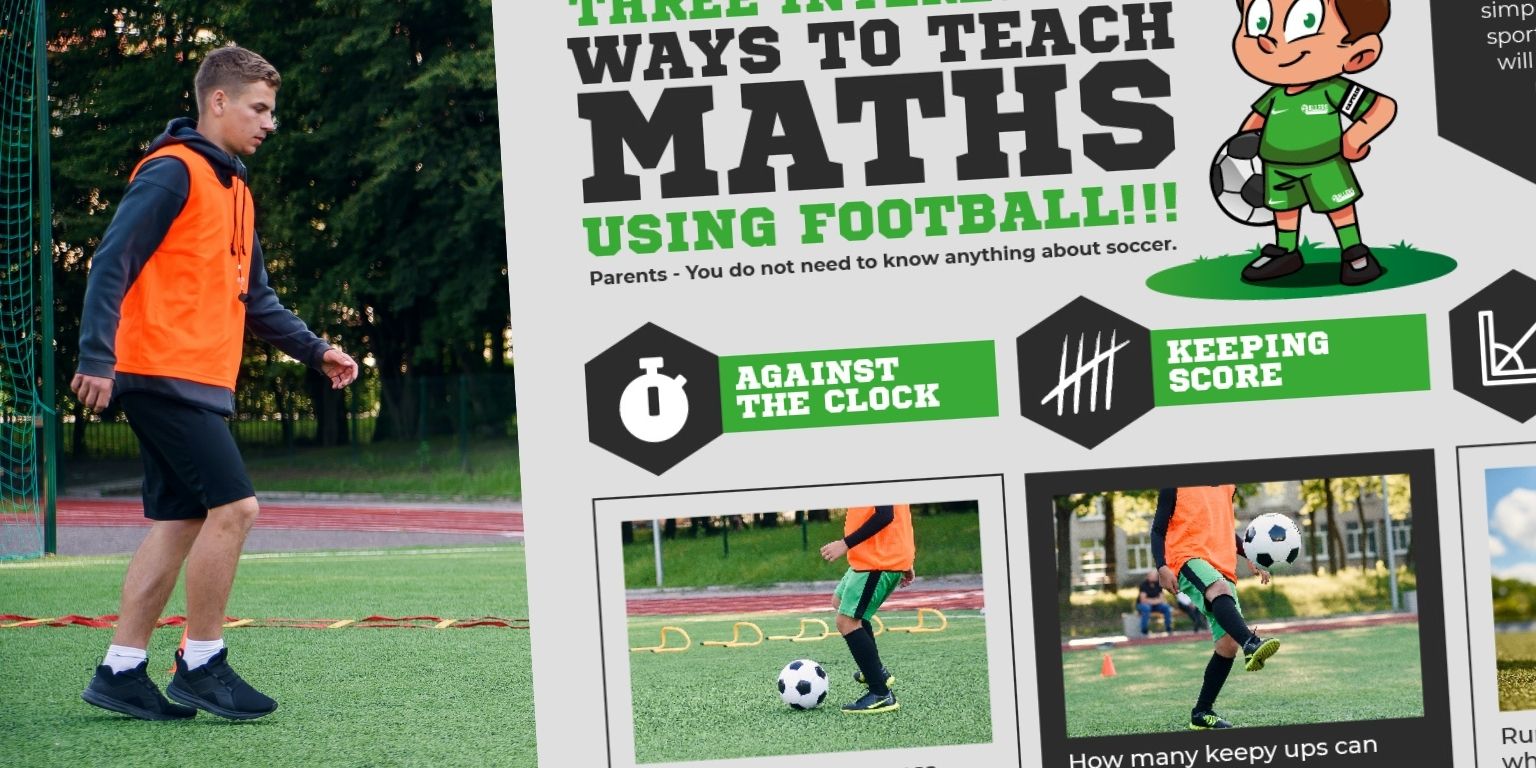Children have natural energy, from the moment they can squirm, they’ll be getting into mischief. Using physical activity to get them interested and learning numeracy can be a very natural step when they’re toddlers but its benefits don’t stop there. Teaching football using maths can give them a great grounding point to understanding measurements, angles, precision and developing their gross motor control.
Millions of children across the country have lost up to 3 months of their numeracy skills and targets set by governments for schools mean that there has never been more to pack into the day. At whatever stage they are at with their skills, connecting maths with something they find enjoyable, is exactly what they need for a smooth transition to numeracy confidence.
Help them learn confidence with their maths
Numeracy skills can be some of the most difficult skills to learn. Negative experiences can have a long-term effect on their interest in maths that could last a lifetime. Studies show that when maths skills have been related to or used physical activity, 80% of children reported feeling far more confident with their maths skills.
Children need the confidence to get things right or wrong but still persevere. In situations where physical activity is used, children not only expand their fitness, but they have the confidence to persevere even when they get the wrong answer. Using their natural penchant towards movement makes them more likely to learn proactively from their mistakes. Learning from success and failure, is essential to teaching them better resilience in all aspects of their lives.
Games that test their ability to count their keepy-ups, goals scored, and gates dribbled through, test them against time and their own technique. Each time they perform a drill of this nature, they learn how best to improve their skill. They learn to improve their ball control, keep the ball and their surroundings in sight and keep their passes short to help them get in as many passes as possible. Each time, they can improve the number they can achieve, learn to count themselves and perfect the angles they use to get round gates.
Exploring imaginative ways to learn maths and ball skills
Imagination is a key tool to encourage learning habits. Technically, habits take 22 days to solidify. The younger you start building that habit, the more likely that habit will become a staple of your thinking. Using football, we can help them explore how they interact with their ball, how their body moves and how it could move, as well as the angles, lines and shapes they can make whilst traveling with or without the ball.
Enhance their physical experiences
Physical experiences of maths can enhance their learning experiences by helping them see what maths looks like. The same way a person may shake their right or left hand to remind themselves, is the same way physical activity can help children engage better. We set tasks that offer them the opportunity to practice shooting or following directional instructions. As tasks alone, they’re great for fitness, but asking them to arrange themselves in groups of 3 or 4 helps communicate the value of maths from a purely practical standpoint.
These activities boost their ability to use their senses and work things out in their head. In practice, you don’t have to choose between a focus on the curriculum and fitness. The two can work together seamlessly with the added benefit of social interaction, of which children have been missing for some time. Best of all, teachers will find their pupils, calmer, better focussed and ready to learn.
Boost their maths skills. Boost their fitness. Boost your Ballers with Ballers Academy. Get in touch for more information and to book sessions for your children.


